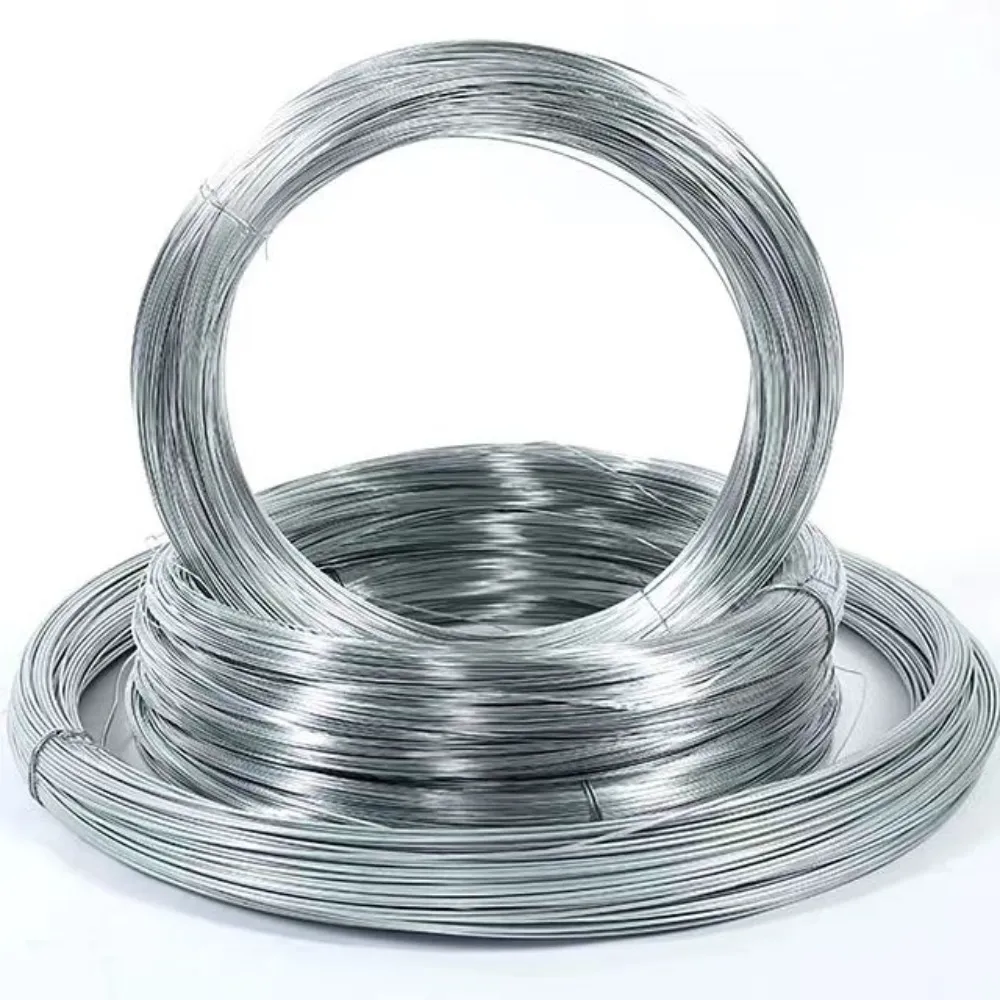nails for fencing pickets
The Importance of Nails for Fencing Pickets
When it comes to building a sturdy and lasting fence, the significance of nails cannot be overstated. Nails for fencing pickets serve as the backbone of your fence structure, holding everything together while providing essential support and stability. In this article, we will explore the types of nails best suited for fencing, their role in the construction process, and tips for selecting the right nails for your project.
Types of Nails
When choosing nails for your fencing pickets, consider the materials you are using for both the fence and the nails themselves. For wooden pickets, galvanized or stainless steel nails are ideal due to their corrosion resistance, which ensures durability and longevity. Hot-dipped galvanized nails are particularly effective against the elements, making them a popular choice in areas with high humidity or extreme weather conditions. Alternatively, if you're working with vinyl or composite fencing, you may need specialized fasteners designed to accommodate these materials, preventing any damage during installation.
The Role of Nails in Fence Construction
Nails play a crucial role in holding the pickets to the rails and in securing the overall structure of the fence. Properly spaced and driven nails can enhance the fence's strength and prevent warping or bending over time. When installing your pickets, it's essential to follow a consistent pattern, typically with two nails per picket per rail. This ensures that the weight is evenly distributed and minimizes the risk of individual pickets becoming loose.
Moreover, the length of the nails is an important consideration. Generally, nails should be at least 2.5 to 3 inches long to penetrate adequately into the rail and ensure a secure hold. Using nails that are too short can lead to weak connections, while nails that are too long may damage the material or create a safety hazard.
nails for fencing pickets

Tips for Selecting the Right Nails
1. Assess the Material Choose nails that match the fencing material for optimal results. For wooden fences, prioritize galvanized or stainless steel.
2. Consider Length and Gauge Longer, thicker nails will provide more holding power. Verify that the length you choose is appropriate for both the pickets and rails.
3. Weather Conditions If you live in an area with extreme weather or moisture, opt for higher-quality, corrosion-resistant nails to ensure your fence's longevity.
4. Use the Right Tools Invest in a good quality nail gun or hammer to ensure you can drive nails correctly without damaging the wood.
In conclusion, selecting the right nails for your fencing pickets is crucial for a strong, durable, and aesthetically pleasing fence. By understanding the importance of nail material, type, and installation techniques, you can create a fence that will withstand the test of time while enhancing your property’s appearance. Whether you're a DIY enthusiast or hiring a professional, paying attention to these details will make all the difference in your fence’s durability and integrity.
-
Why Choose a Wire Mesh Fence for Your PropertyNewsApr.09,2025
-
The Versatility and Strength of Wire MeshNewsApr.09,2025
-
The Strength and Durability of Galvanized WireNewsApr.09,2025
-
The Essential Guide to Iron NailsNewsApr.09,2025
-
The Benefits of Welded Wire Mesh PanelNewsApr.09,2025
-
Reliable Roofing Solutions with Roofing NailsNewsApr.09,2025




